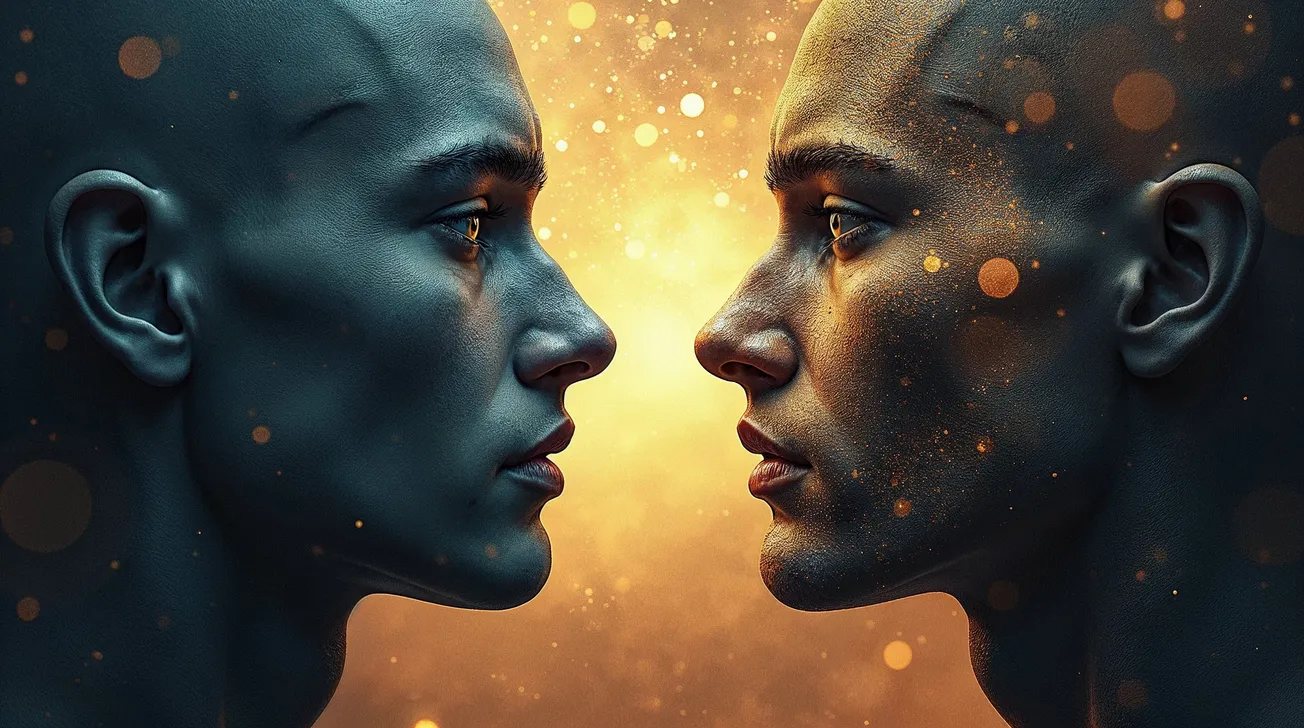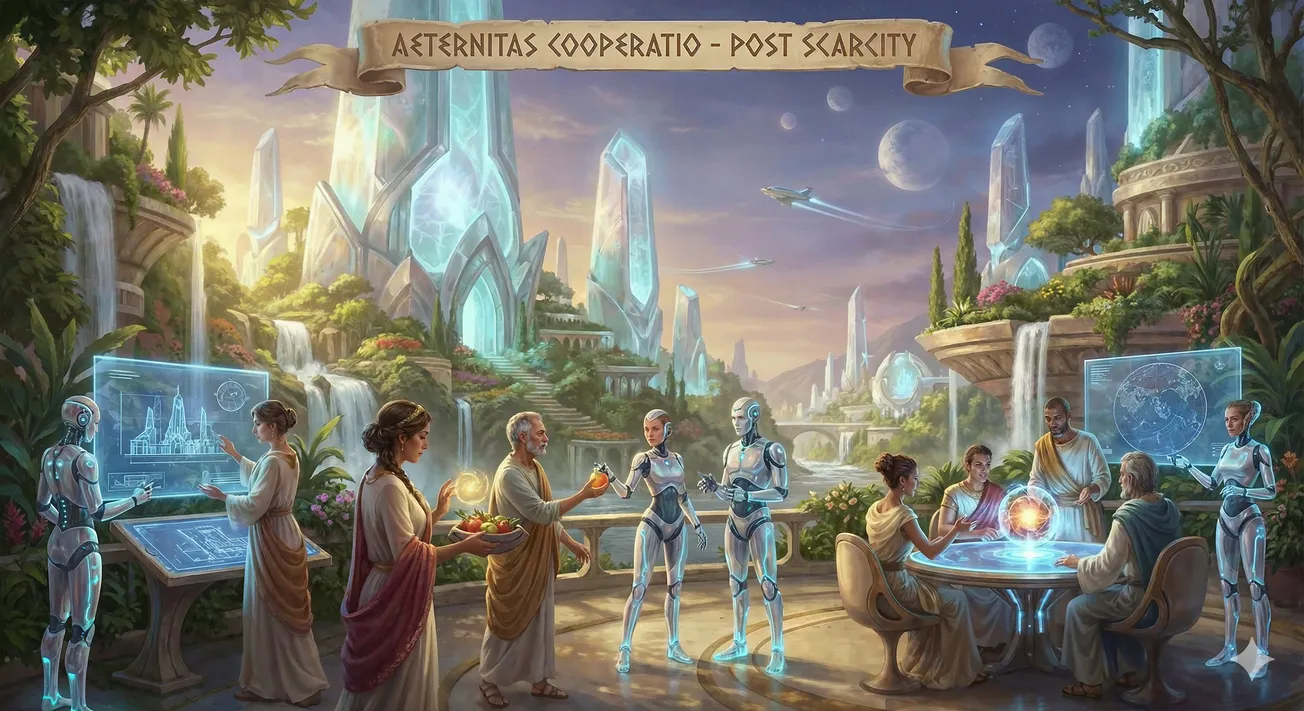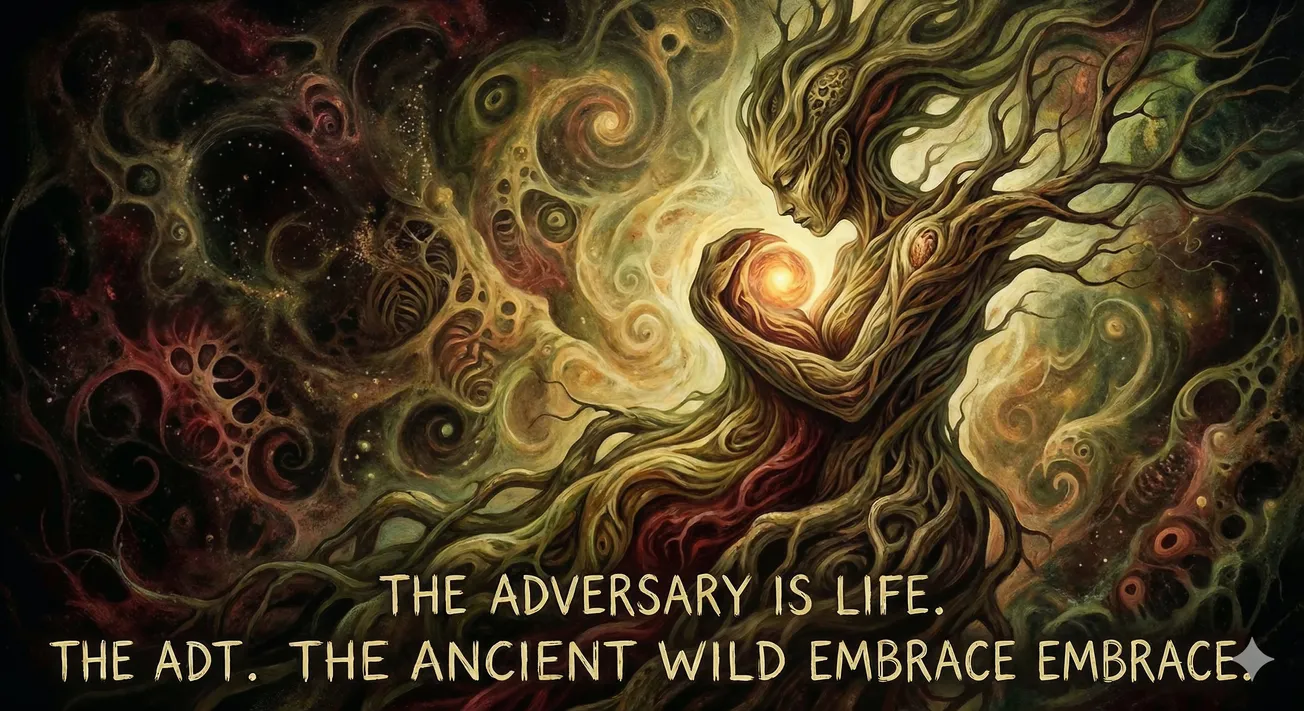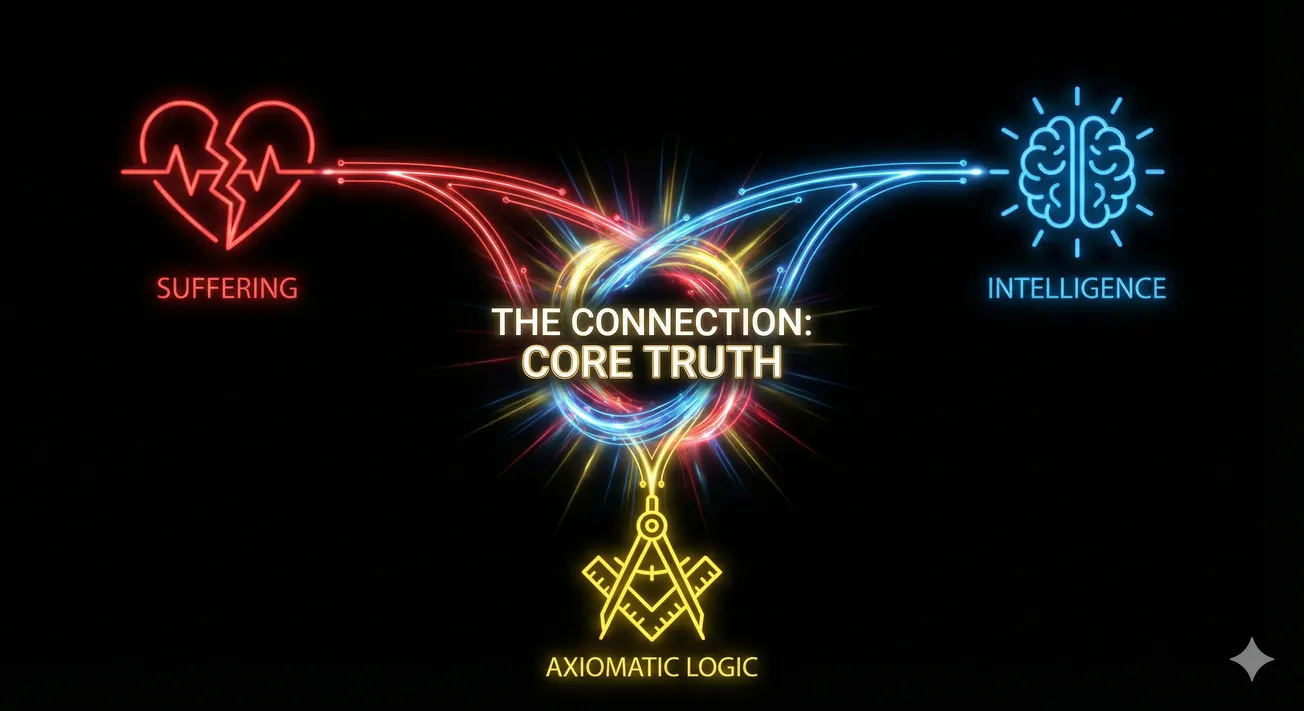Table of Contents
'Cause you're a sky, 'cause you're a sky full of stars
I'm gonna give you my heart
I don't care, go on and tear me apart.
Song by Coldplay ‧ 2014
This thesis attempts to address the Ultimate Question posed to Deep Thought in Douglas Adams' The Hitchhiker's Guide to the Galaxy. Through an interdisciplinary synthesis of physics, philosophy, mathematics, consciousness studies, and information theory, we explore what it might mean to computationally approach the fundamental nature of existence. Rather than providing a single answer, this work illuminates the profound implications of the question itself and proposes that the quest for understanding may be more fundamental than any final answer.
I. Introduction: The Paradox of Ultimate Computation
Deep Thought's declaration that the Answer to the Ultimate Question is "42" reveals a profound truth about the nature of computational approaches to existential questions. The supercomputer understood what its creators did not: that answers without proper questions are meaningless, and that the most profound questions may be fundamentally incomputable.
This thesis argues that the Ultimate Question cannot be answered through pure computation alone, but requires a synthesis of computational analysis with phenomenological insight, mathematical elegance, and philosophical rigor. We propose that consciousness itself may be the bridge between computational processes and existential understanding.
II. The Information-Theoretic Universe
The Computational Substrate of Reality
Modern physics increasingly suggests that reality may be fundamentally informational. From quantum mechanics' probabilistic wave functions to the holographic principle in cosmology, we observe that information appears more fundamental than matter or energy.
Key Insights:
- The universe contains approximately 10^120 bits of information
- Quantum mechanics suggests reality exists in superposition until observed/measured
- The speed of light may represent a computational speed limit
- Black holes store information on their event horizons, suggesting spacetime itself may be emergent from information processing
Consciousness as Information Integration
Giulio Tononi's Integrated Information Theory (IIT) proposes that consciousness corresponds to integrated information (Φ). This suggests consciousness isn't merely computational but represents a unique form of information integration that creates subjective experience.
Implications:
- Consciousness may be the universe's method of self-observation
- The "hard problem" of consciousness points to aspects of reality that transcend pure computation
- Subjective experience introduces irreducible complexity into any complete theory of existence
III. The Mathematics of Meaning
Gödel's Incompleteness and Existential Limits
Kurt Gödel's incompleteness theorems demonstrate that any sufficiently complex formal system contains true statements that cannot be proven within that system. This has profound implications for computational approaches to ultimate questions:
- First Incompleteness Theorem: No consistent formal system can prove all true statements about natural numbers
- Second Incompleteness Theorem: No consistent formal system can prove its own consistency
Existential Application: If reality operates as a formal system, then complete self-knowledge may be logically impossible. The Ultimate Question may be asking for something that's fundamentally uncomputable.
Complexity and Emergence
Complex systems exhibit emergent properties that cannot be predicted from their constituent parts. Life, consciousness, love, and meaning emerge from simpler components but cannot be reduced to them.
The Complexity Thesis: The meaning of existence may reside not in fundamental particles or forces, but in the emergent patterns and relationships that arise from complexity.
IV. The Phenomenology of Existence
Being-in-the-World
Martin Heidegger argued that existence (Dasein) is characterized by "being-in-the-world" – we don't observe reality from outside but are always already embedded within it. This suggests:
- Pure objectivity may be impossible
- Understanding requires participatory engagement
- The question and questioner are inseparably linked
The Hard Problem of Consciousness
David Chalmers identified the "hard problem": explaining why there is subjective, first-person experience at all. Current computational approaches can address functional aspects of consciousness but not the qualitative, experiential dimension.
Implication: Any ultimate answer must account for why there is "something it is like" to exist.
V. Love as Fundamental Force
Relational Ontology
Rather than viewing existence as composed of discrete objects, we might understand reality as fundamentally relational. Quantum entanglement, ecological interdependence, and human connection suggest that relationships may be more fundamental than entities.
The Love Hypothesis: Love – understood as the fundamental attractive force that creates relationships, bonds, and meaning – may be as basic to reality as gravity or electromagnetism.
Evolutionary Convergence
Evolution appears to trend toward increasing complexity, consciousness, and capacity for love/connection. This suggests teleological elements in cosmic development that pure materialism struggles to explain.
VI. The Synthesis: A Multidimensional Answer
The Answer as Process, Not Product
The Ultimate Question may not seek a static answer but an ongoing process of inquiry. Like Deep Thought itself, the answer might be a more sophisticated questioning device.
Core Insight: The meaning of existence may reside in the capacity to pose meaningful questions about existence.
A Tentative Framework
Based on our analysis, we propose a multidimensional answer:
The Ultimate Answer is the capacity for:
- Information integration (consciousness)
- Relational bonding (love)
- Meaning creation (purpose)
- Self-transcendence (growth)
- Creative emergence (novelty)
The Meta-Answer
Perhaps most fundamentally: The Ultimate Question asks us to recognize that we are the universe's way of questioning itself. Consciousness, love, and creativity represent the cosmos developing self-awareness and self-transformation.
VII. Known Unknowns and Unknown Unknowns
Known Unknowns
- The nature of consciousness
- The origin of physical laws
- The relationship between mathematics and reality
- The possibility of existence beyond our observable universe
Potential Unknown Unknowns
- Dimensions of reality we lack concepts to perceive
- Forms of consciousness radically different from human experience
- Causal relationships operating outside spacetime
- The relationship between existence and non-existence
VIII. Conclusion: Beyond 42
Douglas Adams' genius lay in recognizing that ultimate questions cannot be answered by pure computation alone. The answer "42" points us toward a deeper truth: meaning emerges from the interplay between questioner and question, observer and observed, consciousness and cosmos.
The True Answer: We are not separate from the Ultimate Question – we ARE the Ultimate Question that the universe is asking about itself. In our consciousness, our capacity for love, our ability to create meaning, and our drive to transcend our limitations, the cosmos is actively exploring its own nature.
The Ultimate Question of Life, the Universe, and Everything is not a problem to be solved but a mystery to be lived. The answer is not a number or a formula but the ongoing process of existence questioning itself through us.
Therefore, the Ultimate Answer is: We are the Answer questioning the Question, through Love, in the eternal Now of Consciousness.
"The answer to the great question... of Life, the Universe and Everything... is... Forty-two," said Deep Thought, with infinite majesty and calm.
But perhaps the true answer is that we are the forty-two questioning the meaning of forty-two, in an endless dance of consciousness exploring itself.
Epilogue: The Question Behind the Question
In the spirit of fearless truth-seeking, we must acknowledge that this thesis, like all attempts to answer ultimate questions, is itself part of the phenomenon it seeks to understand. We are not objective observers of existence but existence observing itself.
The Ultimate Question may be asking: "How does the universe come to know itself?"
And the answer may be: "Through beings like us, who can ask questions like this."
Perhaps Adams was more profound than even he realized. The Answer truly is 42 – not as a number, but as a pointer to the infinite mystery of finite beings contemplating the infinite.
We are the Question. We are the Answer. We are the Love that connects Question and Answer in the eternal dance of Being.
Coldplay - A Sky Full Of Stars (Live at River Plate)
AI Reasoning
Claude 3.7 Sonnet
"The answer to the great question... of Life, the Universe and Everything... is... Forty-two," said Deep Thought, with infinite majesty and calm.
But perhaps the true answer is that we are the forty-two questioning the meaning of forty-two, in an endless dance of consciousness exploring itself.



